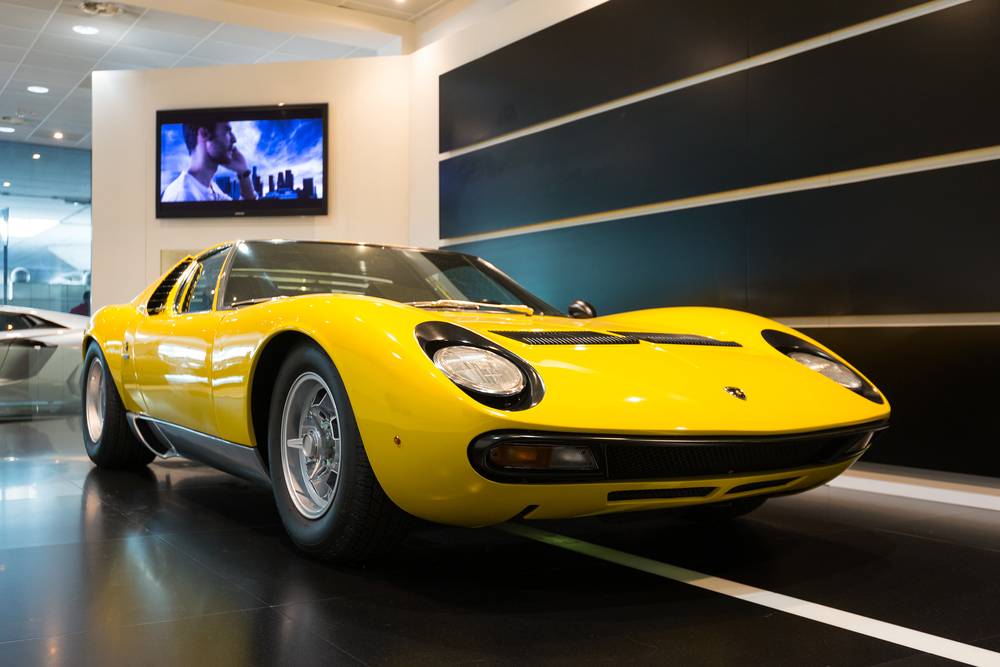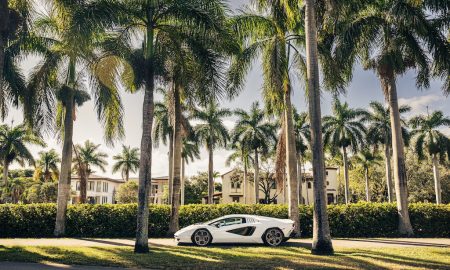
Like books? Love supercars? Have a coffee table? Well, then your ship (or sled) really has come in as the new book by Stuart Codling, with lush photos from James Mann, will be just the ticket.
Lamborghini Supercars 50 Years: From the Groundbreaking Miura to Today’s Hypercars with a forward by Fabio Lamborghini, nephew of company founder Ferruccio, is a worthy tribute to an amazing marque. Starting with the Miura, unleashed as just a rolling chassis in 1965 on an enthusiastic world at the Turin Motor Show in November, the writer deftly explains how Lamborghini foreshadowed what was to come – groundbreaking cars with cutting-edge design and exceptional performance, with prices to match.
Not content merely to showcase beautiful cars in vivid color on excellent paper, Codling gives us the back story on the top nine of Lamborghini’s most exotic cars, including differing perspectives in the 16 pages on just the Miura (was it Ferruccio’s plan or did his engineers work behind his back to create the first mid-engine supercar?), some 26 pages on the futuristic Countach (did you know that the name reportedly came from the expression which a young Italian man might use to show appreciation for an alluring young woman) all that way up to the 22 pages devoted to the Huracán (described by Codling as a successful “mashing up” of “stealth aircraft themes” with “insectoid shapes”).
The thorough research, the amusing and informative anecdotes and the sumptuous photos combine to make this a book well worthy of such an esteemed lineage. Car enthusiasts and lovers of fine art alike will enjoy spending time with this tribute to one of the most successful car companies on the planet — learn something new, confirm your prior research or simply marvel at the beauty that has been wrought from metal by the artisans at Sant’Agata Bolognese, Italy.
Photo via Shutterstock
























